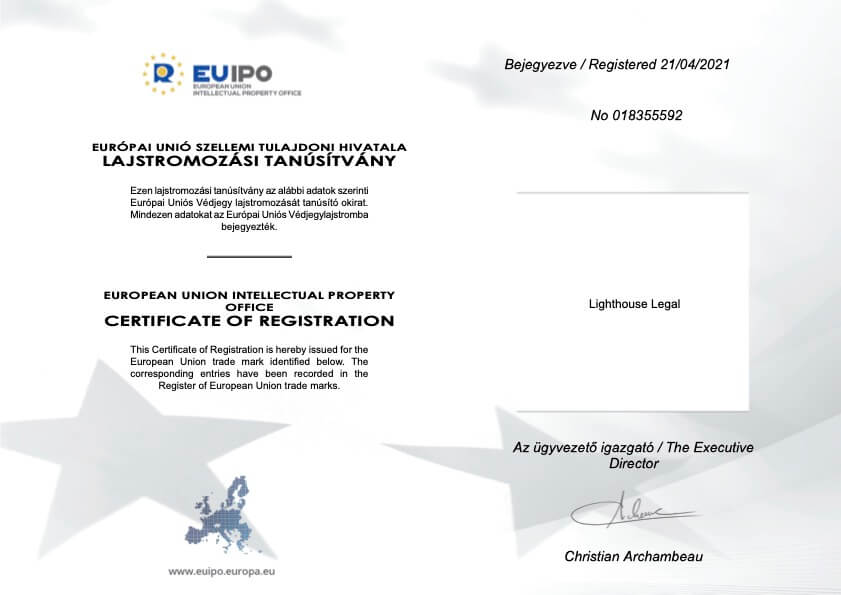
Our client was a temporary employment agency which provided a large number of workers regularly to a company which had become insolvent and was in liquidation.
Our client, as the employer, fulfilled its obligation to pay wages. Then, when the client's insolvency became evident, and the client's debts reached the magnitude of tens of millions of Forints, it terminated the contract.
Our task was to recover our client's receivables, so we notified the administrator of this claim and successfully drew down the majority of the unpaid service fees from the wage guarantee fund. We informed the administrator that the wage guarantee subsidy had been utilised and that our creditor claim would remain unchanged, as the wage guarantee subsidy was practically an advance which would have to be repaid to the State if recovered.
Surprisingly, the new confirmations received from the administrator about the registration of the claims, i.e. the claims registered, no longer included the amounts utilised from the wage guarantee fund, so the administrator had effectively deducted the wage guarantee subsidies from the total claim and only recorded the residual amount.
We submitted a creditor's notice explaining that, irrespective of the draw-down from the wage guarantee subsidy, the amount of the creditor's claims notified in the liquidation proceedings would remain unchanged and that if anyway the claim was recovered in the proceedings, the wage guarantee subsidy should be repaid to the extent it had been recovered.
If the administrator no longer wished to register the part covered by the wage guarantee subsidy as a claim, it would be impossible for the client to recover it in the liquidation proceedings, so the client would not be in a position to repay the subsidy under Act LXVI of 1994 on the Wage Guarantee Fund.
The administrator accepted our observation; thus, asserting our objection before the court was no longer necessary.

